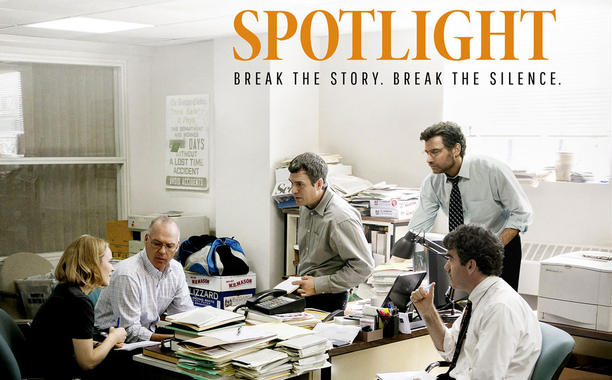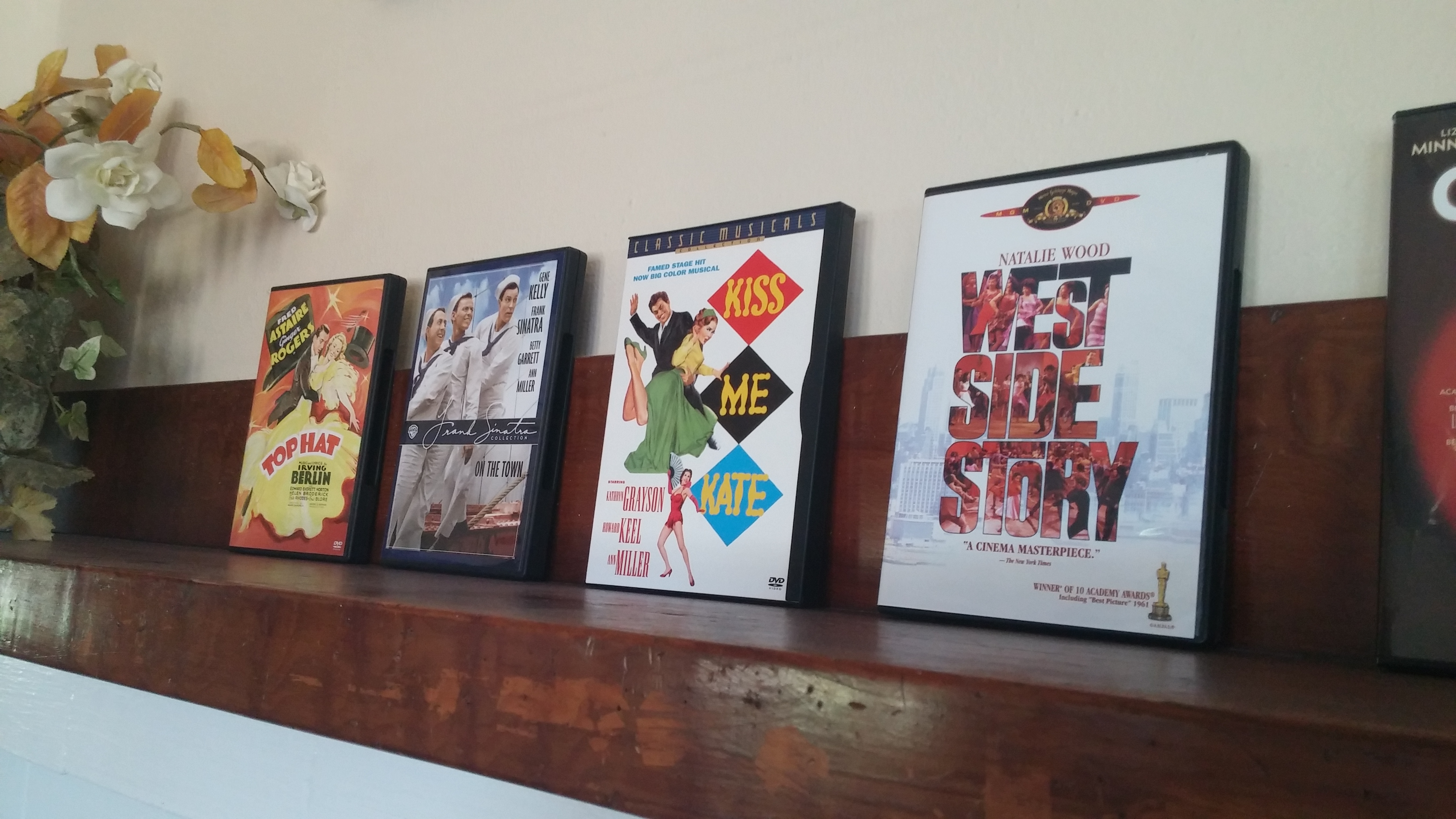Tacoma Film Festival Movie Review: Local directors and actors capture important moments of life in short film series
The collection spans several genres and no two films are alike. It starts with “In Search of the Miraculous,” a silent film about a man grappling with some unnamed internal strife and an ominous call to the water as he tries to live an average life. The film depicts the man’s struggle via a series of dream sequences at the beginning of the film where the main character plunges into open bodies of water in various ways, such as falling off a rope swing or riding a bike off the end of a pier.
The film strikes a deeper chord with its ability to capture the silent moments in life, such as interactions with close, perhaps intimate friends that need no words. A day spent on the beach and in the woods, accompanied by nothing other than a soft undertone melody, makes the film feel as though it just as easily could have been shot candidly from a camcorder and fills the viewer with the joy of a day well spent. However, something is amiss for the nameless lead, causing him to take a dramatic step.
Directed by Ian Ebright, the second film “From the Sky” is a tale of a Middle Eastern father and son who live as goat herders in the desert. As American drones fly overhead, a meeting between the father, son and who appear to be two radical terrorists brings about fascinating dialogue on religion, loss and the role of revenge.
Just four actors appear in the short, and despite some awkwardly delivered lines and emotion from the son, each one plays their character in a convincing and enticing fashion. A predictable climax leads to a surprising and powerful end.
The genre then changes from drama to documentary with the third film “Present Moment,” which tells the story of Tacoma local living with Parkinson’s disease Gary Vallet. Vallet talks about the struggle of learning how to go about his day-to-day life with the disease, and finding the positive in an objectively difficult situation.
He said that taking control of his disease, rather than letting it control him, along with the support he receives from his wife, has helped him maintain a carpe diem stance on life. “When it’s a good day I just rejoice, and when it’s a bad day I just accept it,” Vallet said in the film.
The theme of living with disabilities continues with “Zero/Zero,” which depicts a day in the life of Trevor Thomas, a man who became an ultra-hiker after going blind at the age of 35. With the help of his seeing-eye dog, Thomas hitchhikes to the trailhead and then traverses mountains to go on a backpacking trip. A profound moment comes as Thomas hikes and the camera pans the vast, beautiful expanse, a beauty that Thomas will never get to experience again.
The series of shorts is frontloaded, as the first four are arguably the most noteworthy. After that, the lack of cohesion in the films causes them, paradoxically, to blend into a theatrical mush. That being said, there are moments of greatness.
“Live Fast, Draw Yung” is the story of 7-year old Lenox, who goes by the artist name Yung Lenox. He has gained notoriety for his drawings of famous rap album covers. Wearing teal glasses and a beanie, Lenox’s outgoing personality could melt even the coldest of hearts.
What at first seemed like a playful, feel-good profile on a child takes a somewhat serious turn when his father, who is shown throughout the piece as a man who loves his son more than anything—a point backed up by Lenox’s mother—must answer questions about whether he is exploiting his son for his personal gain. He lets his actions do the talking, as his devotion to his son are more than enough to silence any critics.
The following piece, “Big Boy,” is a comedic tale about a young boy using a public bathroom on the wrong side of town. A series of misadventures sees him encounter gang members, a senile homeless man and a glory hole, and yet still manages to come out the other side with his innocence intact.
The final film, “TP,” is the only animated movie of the group. Made with what appears to be digital effects that mimic clay animation, the film tells the story of a toilet paper role in a dirty gas station bathroom. The toilet paper, given a mouth and eyes just like the plunger and toilet, is trying to escape before the large, sweaty, hairy gas station worker needs to use the facilities. Supposedly meant to be a comedy of some sort, this is in fact something of which nightmares are made.
The 10 movies hit just about every emotional chord. The fact that the more noteworthy films are shown first does make the whole experience seem to drag on a bit towards the end, but even the weaker links are less a matter of their own insufficiencies than the great work in the previous films.





